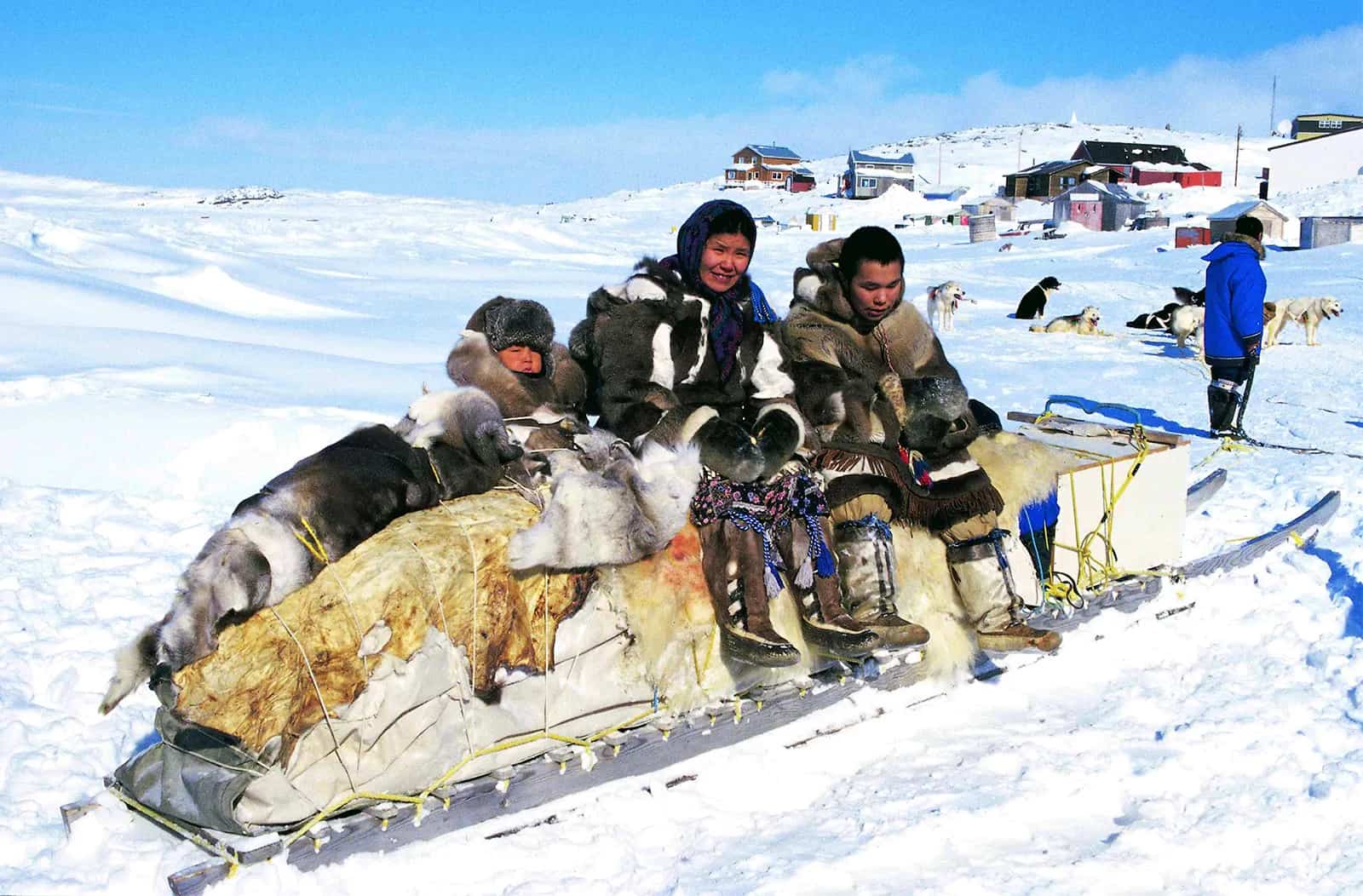Indigenous people being left out of Canadian legislation, policy, and general federal conversation is nothing new. Despite recent efforts to increase diversity in government decisions, the exclusion of Indigenous voices from national dialogue continues to be a problem in Canada. But when it comes to certain issues, such as the climate crisis, a lack of representation in government is not just disrespectful — it is dangerous, especially for Inuit.
Lack of Indigenous representation in Canadian government
To describe the current Environment and Climate Change Canada, which is a governmental department that works toward protecting natural heritage and the environment, as ‘predominantly white’ is an understatement, as nearly every member is white. Furthermore, despite the fact that Indigenous peoples are often most affected by Canada’s changing climate, there is no position in the department that deals specifically with the impact of the climate crisis on Indigenous communities.
Among Indigenous populations, it is Inuit that are likely to be the first Canadian group to encounter the truly devastating consequences of the climate crisis. Seals, a major part of many Inuit communities, is a species that the climate crisis has put at risk as rising temperatures destroy their icy breeding grounds. The climate crisis will also increase the risk of humans contracting diseases from wild animals, increase the risk of oil or chemical spills, and render previously climate-tailored infrastructure virtually unusable, placing a new economic strain on struggling communities. This would add to the existing economic strain in Inuit communities, which stems from factors such as unemployment.
James T. Arreak, a former chief executive officer of Nunavut Tunngavik Inc., an organization that works to ensure that promises made under the Nunavut Agreement are carried out, has been a long time proponent for Indigenous representation in the Canadian government. According to Arreak, the Canadian government needs to include permanent Indigenous representative positions in their caucuses as this would allow Indigenous peoples to finally have a say in their futures. Including permanent Indigenous representative positions has significantly boosted proportional Indigenous representation in places like New Zealand.
Canadian funding for Inuit groups
Though Inuit groups are disproportionately affected by the climate crisis, the Canadian government does not appear to be too benevolent with its funding.
Inuit Tapiriit Kanatami, an Inuit non-profit organization, designed and released an urgent four-year plan for the government to combat the Arctic climate crisis and its effects on Inuit communities in 2019, which is known as the National Inuit Climate Change Strategy (NICCS). Despite an annual government expenditure of over $350 billion and a federal climate crisis expenditure of over 100 billion since 2015, NICCS, in comparison, only received $1 million in 2019.
Representation is overdue
Inuit have lived off the land for centuries. The bond between people and their natural surroundings, knowledge and understanding of wildlife, and weather patterns and seasonal changes plays an important role in Inuit cultures; this needs to be respected and amplified the same way other Canadian perspectives are. Though Inuit have their own governing bodies and policies, they are still affected by federal decision making.
The lack of Inuit representation in the Canadian and federal government is no longer just embarrassing, it is also dangerous. If Canada wants to get serious about climate action, the nation needs to start paying attention to the communities that need it most.
Kayla Litschko is a second-year student at University College studying history, bioethics, and political science. She is a climate columnist in The Varsity’s comment section.


